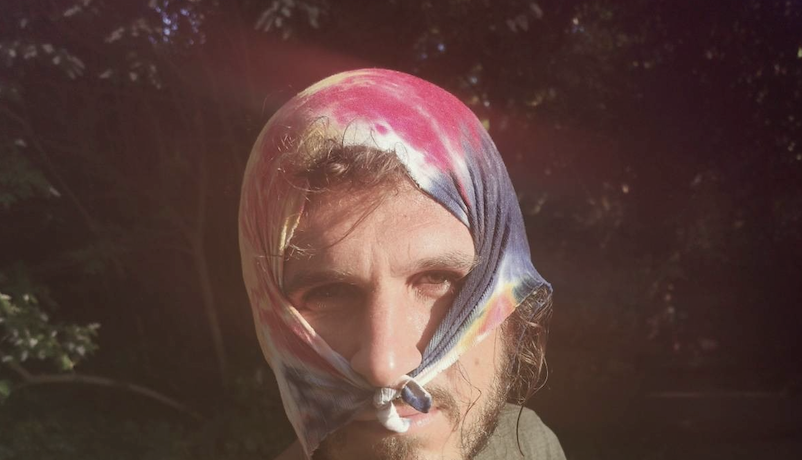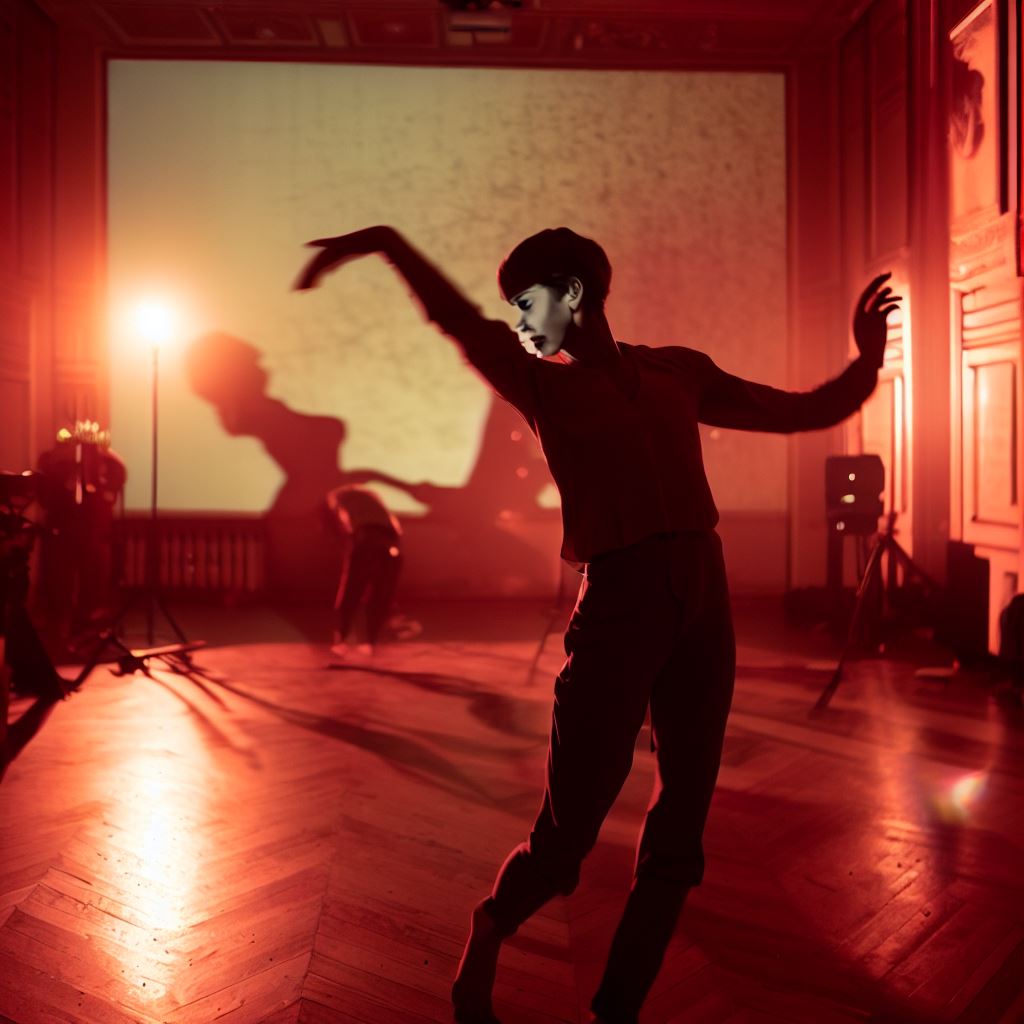A study for incitement to motion
Collabetition: A competition in which the aim is to collaborate.
At a Dream or Dance night in East London, drifting sounds were the mainstay of the dancefloor. A few people floated around it, prompted by the sounds, but the vast majority, assembled on the ground, sat still.
At that point came a host upon the mic to announce a new turn in the evening.
She announced a masked motion collabetition. This was to be a contest between masked, veiled, robed, disguised participants to produce evocative dances to the ambient grooves.
The host’s authoritative yet insouciant manner gave the proceedings a dreamy, unfussed atmosphere. And yet there was suspense in the air.

A large rope (or was it a kind of dust?) was laid out in an ellipse, 10m long, around which the audience were guided to sit.
The host spoke again on the microphone, as a gentle arpeggiator trickled over the background.
“A big welcome to our contestants who will take turns, and then join together in a statement of how to move to drifting, beatless grooves.
“There are spare masks for those who wish to partake spontaneously, please join the line of compebollators [competitor in collaboration].”
The thing went on for a while, with more people tempted to the ring for anonymous dance.
Tendrils flying, people now flowed through the space fluidly, taking energy from the ring to the rest of the hall.
Related study: The Magnifying Glass
We use the Magnifying Glass to showcase modes of dancing and inspire people to move. It works by filming a small portion of the dancefloor and projecting that on the wall of the hall, such that others can see.
People dancing are stewarded by a floor host who ensures various people are showcased.




